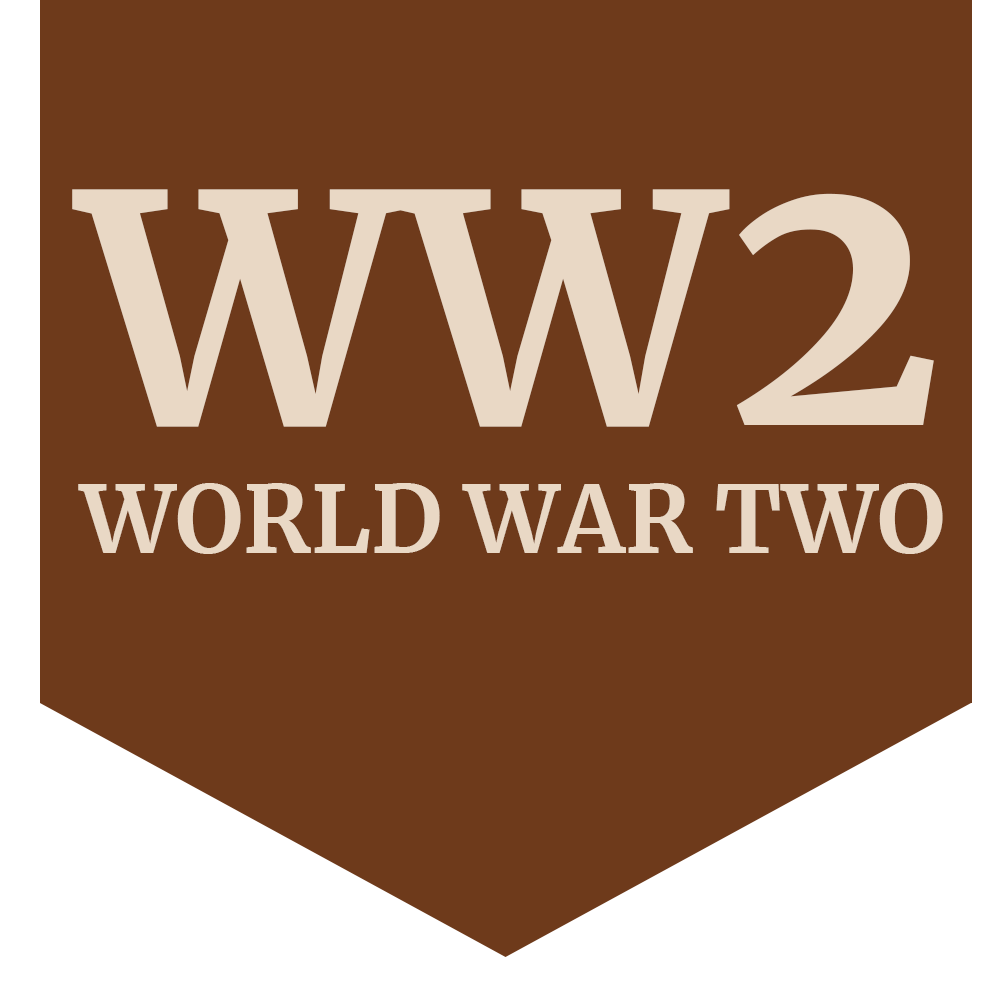
Joseph Berry
Joseph Berry worked for the Inland Revenue in peace time.
- Family History
- Military history
- Extra information
- Photographs
He was the son of Arthur J and Mary Rebecca Berry. He was the husband of Joyce Margaret Berry of Sunnydale Road, Bakersfield, Nottingham.
Joseph Berry was killed flying a Fighter Command Tempest at only 50 feet by a stray small arms round whilst attacking a flying bomb site in Holland. Since the previous 28th June, he had destroyed more than 60 flying bombs. His final words to pilots he led on October 2nd, as his aircraft plunged earthwards, were 'I've had it chaps. You carry on.' (Nottingham Evening Post 9/11/1944)
The Hawker Tempest
The Hawker Tempest is a British fighter aircraft that was primarily used in its Mk.V form by the Royal Air Force (RAF) in the later stages of the Second World War. The Tempest, originally known as the Typhoon II, was a significantly improved derivative of the Hawker Typhoon, intended to address the Typhoon's unexpected deterioration in performance at high altitude by replacing its wing with a thinner laminar flow design. Since it had diverged considerably from the Typhoon, it was renamed Tempest. The Tempest emerged as one of the most powerful fighters of World War II and at low altitude was the fastest single-engine propeller-driven aircraft of the war.
Upon entering service in 1944, the Tempest performed low-level interception, particularly against the V-1 flying bomb threat, and ground attack supporting major invasions like Operation Market Garden. Later, it successfully targeted the rail infrastructure in Germany and Luftwaffe aircraft on the ground, as well as countering similar attacks by German fighters. The Tempest was effective in the low-level interception role, including against newly developed jet-propelled aircraft like the Messerschmitt Me 262. (Wikipedia)



